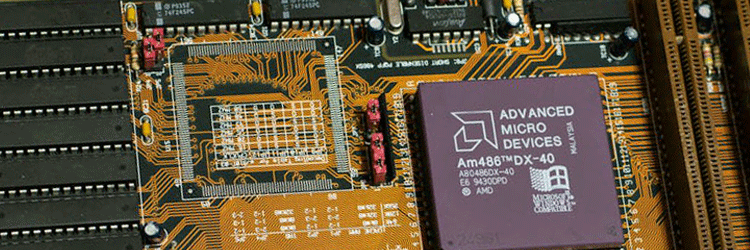From Market Insights to Manufacturing: How Marketing Shapes Electronic OEM Supply Chains

The role of marketers and marketing departments in electronics firms is adjacent to supply chain functions. In electronics OEM brand firms this is especially true because marketing interacts closely with functions like sourcing and purchasing in ways that influence OEM brand product development, demand planning, and BOM cost management even though marketing is not a core operational component of supply chain or sourcing.
Below I list several ways OEM marketing departments influence the following functions inside electronics OEM hardware equipment companies.
Demand forecasting and product planning
Marketing teams gather information into customer and market preferences, market trends, and demand forecasts, which directly inform supply chain planning. For example, marketing campaigns to assess demand projections for Caterpillar's electric drives helps Caterpillar sourcing teams pipeline components and formulate EMS manufacturing plans of action and production capacity.

Marketing teams with accurate demand signals can help optimize procurement, inventory and reduce overstocking or shortages.
OEM brand and product specifications
Marketing departments help define product features and branding requirements, which sourcing teams then translate into vendor and supplier contract agreements to meet these specs. For instance, design specs for Garmin’s GPS navigation and wearable technology hardware, driven by marketing's input from customer and industry trends, influence material choices and supplier negotiations.
Marketing’s input on new product launches affects sourcing timelines, ensuring components align with brand standards.
Cost and SG&A alignment
In electronics OEMs, SG&A (selling, general, and administrative expenses) includes marketing and some supply chain costs. Marketing’s budget decisions, which are part of advertising spend, can impact overall SG&A. Efficient coordination between marketing and sourcing can help ensure cost-effective product launches without inflating manufacturing S,G&A.

For example, Zebra Technologies may focus on balancing marketing-driven product promotions with lean procurement to maintain relatively low SG&A.
Cross-functional collaboration
Marketing often collaborates with supply chain and sourcing vice presidents in product lifecycle management, especially in hardware equipment firms using contract manufacturers like Flex, Jabil or Sanmina. For instance, marketing’s go-to-market strategy for a Logitech peripheral influences supply chain logistics and sourcing decisions for components.

In smaller firms like GoPro or Ring, where VP roles may overlap; marketing leaders often have indirect oversight of supply chain functions. This is evident in many LinkedIn profiles.
Why marketing is adjacent, not core?
Marketing is adjacent and not core because marketers help shape demand, product specs, and launch strategies that supply chain and sourcing must execute while focused on more traditional activities and functions key to logistics, procurement, and manufacturing. In companies where supply chain-specific roles are scarce marketing departments and marketers have more influence in these sourcing decisions indirectly.
______________________________________________________
About
What matters when formulating contract electronic strategy? How do you identify supplier profit centers and what are you doing to protect against margin erosion for your outsourcing programs? Why do provider capabilities often not match capabilities they claim? How are you benchmarking your supply chain against competitors?
I’ve spent 25+ years in contract electronics industry setting up contract electronic divisions and running operations, protecting EMS program profits, manufacturing capacity M&A and more. I run a technology solutions firm. A lot of times this means asking the right questions.
______________________________________________________



